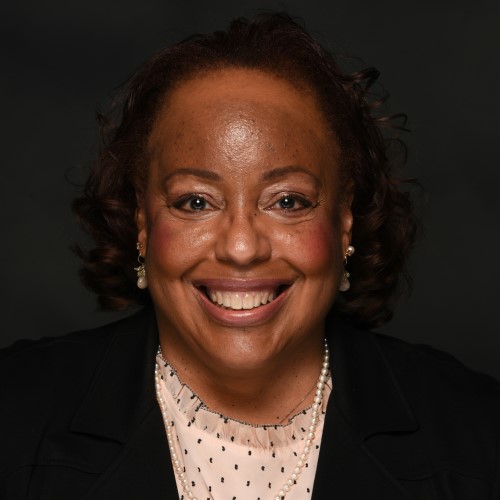Unpacking an Invisible Burden: Children’s Mental Health
February 01, 2019
We must understand where students come from and how that impacts everything they experience in the classroom

Consider these recent situations:
A 15-year-old girl goes to a weekend party at a friend’s house and gets attacked by a drunken 17-year-old boy from another school.
A kindergarten student has to walk over the chalk outline of a body on the sidewalk on her way to school.
A 13-year-old boy receives an e-mail from a teacher regarding a failing grade, finds his father’s gun and kills himself.
A 16-year-old boy, after coming out to his family, is homeless, forced to couch surf at friends’ homes when he can and sleeping with strangers for shelter when he has no other options.
Each story is lifted from the actual life of a child who is experiencing trauma. Each was enrolled in school and attending class regularly, yet the school was unaware of the student’s trauma — and unprepared to help.
Multiple Stressors
Students come to school wearing two backpacks: the one we can see filled with books, papers and pencils, but also an invisible backpack stocked with poverty, homelessness, stress and other traumas that greatly impact their ability to do well in school. The contents of the invisible backpack sometimes can be the greatest impediment to academic achievement and a successful transition to college/career.
Other stressors inside that second backpack include things unique to this generation of youth: social media, school safety and a negative national discourse. How do we help students address the issues in that second backpack that still includes many of the same things students have faced for years such as bullying, violence, harassment and questioning sexual orientation? Half of the nation’s public school students attend a school where the concentration of students qualifying for free and reduced-price lunch (a proxy for student poverty) exceeds more than 50 percent, according to the National Center for Education Statistics. How do we address the psychosocial needs of students and provide them with the education they need and deserve?
We must understand where students come from and how that impacts everything they experience in the classroom. “Where they come from” goes much deeper than socioeconomic status. Where a student comes from has more to do with their family’s or caregiver’s beliefs about education and schools, as well as health and mental health.
I once ran a group exercise that had participants examine how their families treated colds. Were they taken to the doctor or treated with some combination of home remedies? As participants reflected on how their colds were treated, it was revealed that SES, health insurance or even parents’ education level had less to do with treatment options than how their parents were treated for similar ailments as children. Health care behaviors are inherited from generation to generation. It’s difficult to change a family’s culture without understanding where they come from.
In many families, especially in communities of color, mental health problems are not talked about openly. Therapy or counseling are not accepted for many reasons, not the least of which is the idea that telling your business to strangers is taboo. In many families, “crazy people” are kept hidden away instead of receiving needed help.
This lack of understanding of mental illness, its causes and treatment has had great impact on current and future generations who may be genetically predisposed to certain conditions yet able to lead full lives with proper treatment. These are the students who may be exhibiting signs of conditions such as bipolar disorder or depression but lack the language to talk about how they’re feeling or how to reach out for help.
Ready to Act
What can schools do? Many of the tools for dealing with the content of that second backpack already exist within schools and communities. Counselors, social workers, nurses and psychologists are front-line supports for the mental health safety net in schools. Get to know the other mental health providers within your school district before they are needed so you know who to call when necessary. Many school districts today use telemedicine to provide counseling services.
Students with mental health needs no longer are the exception, and schools must be ready to provide services and linkages to services.
Author
Additional Resources
Information about training and technical assistance to meet students’ mental health needs are available from these sources:
Center for Mental Health in Schools and Student/Learning Supports at UCLA
The Center for School Mental Health at the University of Maryland School of Medicine
Advertisement
Advertisement
Advertisement
Advertisement




